The American craft beer revolution has transformed cities across the country into destinations for beer enthusiasts. Behind every pint glass lies a story of local entrepreneurship, creative brewing techniques, and community gathering spaces that define neighborhood culture. Today’s taprooms offer much more than just good beer—they’ve become cultural institutions where visitors can connect with locals and experience a city’s character through its brewing traditions.
Here is a list of 16 American cities where exploring local breweries provides a perfect way to understand the place while enjoying exceptional craft beer.
Portland, Maine

Portland’s breweries have flourished in renovated industrial spaces near the working waterfront, creating a walkable beer trail that showcases Maine’s innovative brewing culture. Allagash Brewing Company pioneered Belgian-inspired techniques that influenced brewers nationwide, while newer operations like Bissell Brothers and Definitive Brewing push boundaries with hazy IPAs and fruited sours.
Many Portland breweries incorporate local ingredients like Maine-grown grain, foraged herbs, and blueberries into their recipes, creating distinctive terroir-driven beers. The proximity to Portland’s renowned restaurant scene means excellent food options between brewery visits, with many taprooms featuring impressive kitchens.
Asheville, North Carolina
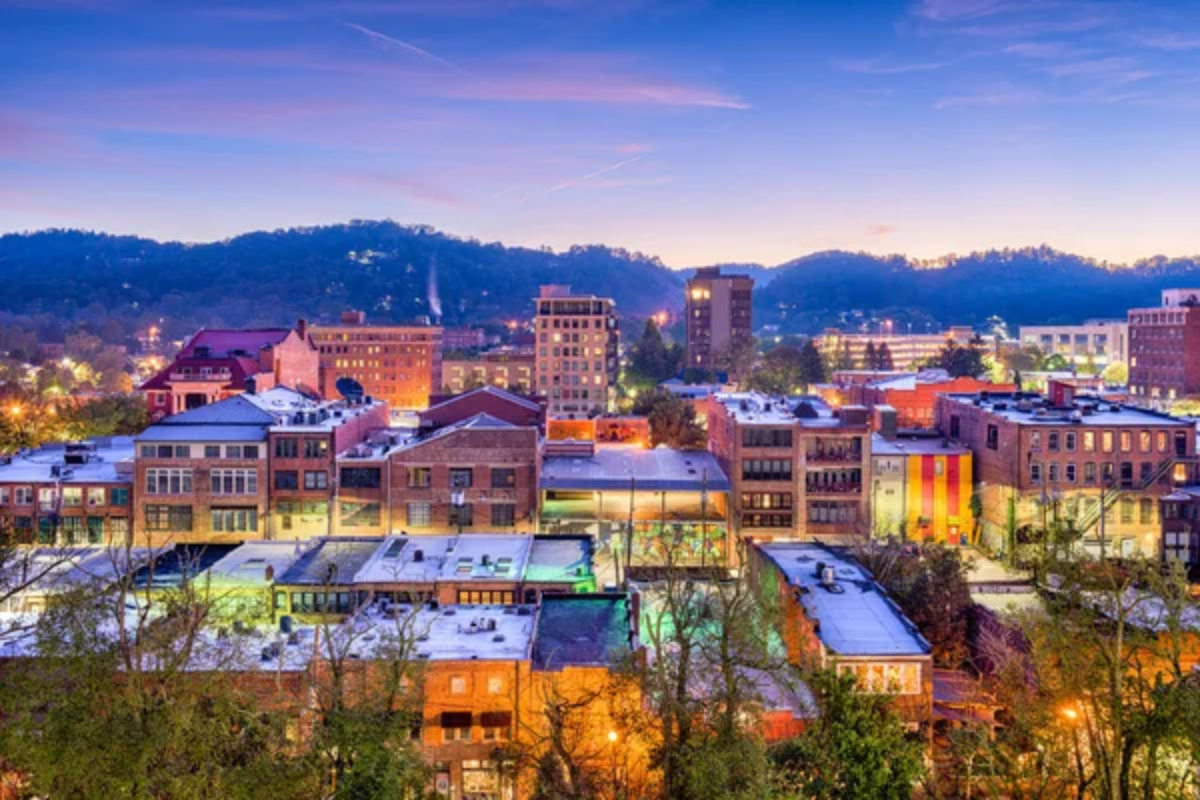
Nestled in the Blue Ridge Mountains, Asheville supports over 30 breweries despite its relatively small population, earning its nickname as “Beer City USA.” The South Slope district features a concentration of walkable breweries housed in former industrial buildings, while established players like Highland Brewing operate expansive facilities in the surrounding area.
Burial Beer Co. and Wicked Weed have gained national recognition for their innovative approaches to traditional styles and barrel-aging programs. The mountain setting influences many brewers who incorporate local ingredients and draw water from pristine mountain sources, while the city’s artistic spirit manifests in creative brewing approaches and imaginative taproom designs.
Like Travel Pug’s content? Follow us on MSN.
Portland, Oregon
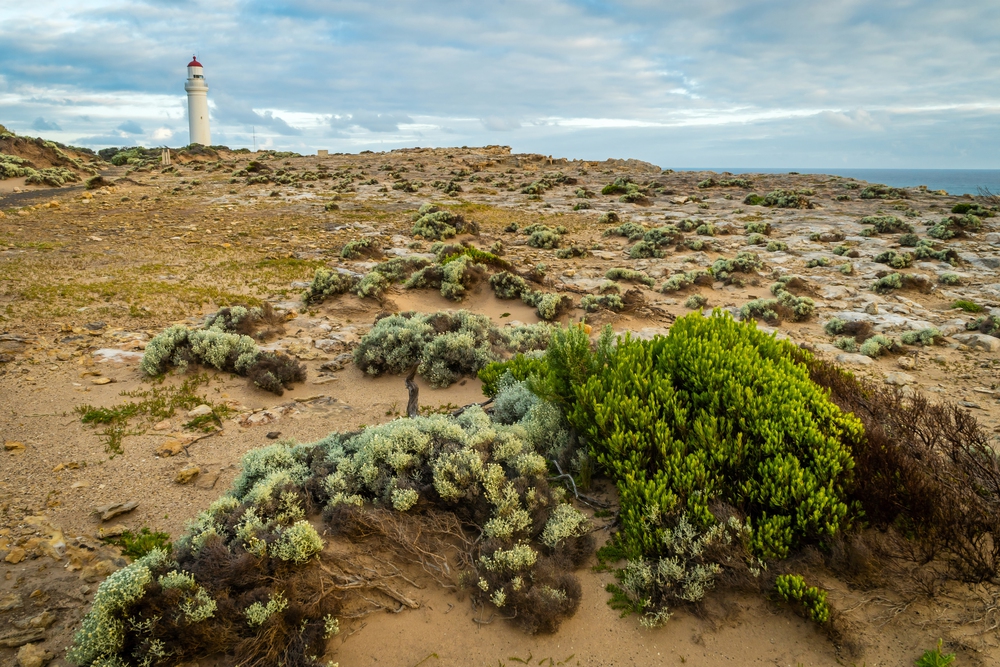
The original American craft beer city maintains its innovative edge, with over 70 breweries operating within city limits. Portland pioneered the neighborhood brewery model, with establishments like Breakside and Gigantic functioning as community gathering spaces as much as production facilities. The city excels across styles—from Upright’s farmhouse ales to Wayfinder’s precise lagers to Great Notion’s boundary-pushing fruited sours and hazy IPAs.
Many Portland breweries operate their kitchens featuring locally sourced ingredients, while others host rotating food carts that complement their beer offerings. The concentration on quality has created a knowledgeable beer community with high expectations, pushing brewers toward constant improvement.
Grand Rapids, Michigan

This midwestern city earned its “Beer City” moniker through consistent quality across numerous breweries and strong community support for the craft beer industry. Founders Brewing Company put Grand Rapids on the beer map with bold flavors and barrel-aging expertise, while Brewery Vivant occupies a former funeral chapel where they specialize in Belgian-inspired farmhouse ales.
The city hosts numerous beer festivals throughout the year, including the winter-defying Cool Brews Hot Eats event that pairs seasonal releases with local restaurant offerings. Michigan’s agricultural diversity provides brewers with local ingredients, from hops grown on nearby farms to fruit from the state’s renowned orchards.
Burlington, Vermont

Vermont boasts the highest number of breweries per capita in America, with Burlington serving as the state’s beer hub despite its small size. Foam Brewers overlooks Lake Champlain where they craft excellent IPAs and mixed-fermentation beers, while Zero Gravity operates both a craft brewery and a brewpub serving European-inspired beers.
The region’s strong agricultural connections influence brewing practices, with many operations sourcing ingredients locally and embracing farm-to-glass principles. Between brewery visits, the pedestrian-friendly Church Street marketplace offers excellent dining options featuring Vermont’s renowned cheese, produce, and pastured meats.
Like Travel Pug’s content? Follow us on MSN.
San Diego, California
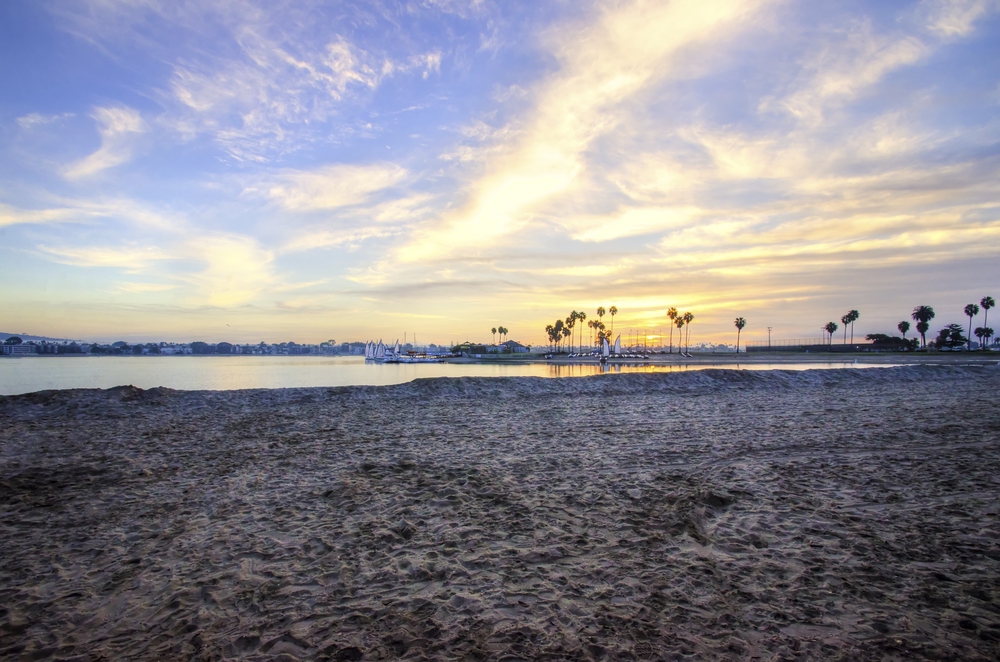
San Diego’s beer scene developed alongside California’s “West Coast IPA” style—characterized by bright citrus hop flavors, assertive bitterness, and dry finishes. Pioneering breweries like Stone, AleSmith, and Ballast Point established San Diego’s reputation, while newer operations like North Park Beer Co. and Pure Project continue innovating within walking distance of each other in beer-centric neighborhoods.
The city’s proximity to Mexico has inspired border-crossing collaborations and Mexican-influenced beer styles, particularly in South Bay breweries. San Diego’s perpetual sunshine creates perfect conditions for brewery visits year-round, with many taprooms featuring outdoor spaces where visitors can enjoy perfect weather alongside exceptional beer.
Denver, Colorado

The annual Great American Beer Festival makes Denver a temporary mecca for beer enthusiasts each fall, but the city’s everyday brewing culture rewards visitors year-round. The River North Art District (RiNo) features numerous breweries within walking distance, including innovative operations like Our Mutual Friend and Ratio Beerworks.
Great Divide’s downtown taproom offers views of the production facility where they brew their renowned strong ales, while Bierstadt Lagerhaus focuses exclusively on traditional German-style lagers brewed with exacting precision. Colorado’s outdoor lifestyle influences the beer culture, with many breweries functioning as gathering spots before or after mountain adventures.
Chicago, Illinois

Chicago’s diverse neighborhoods each support distinct brewing scenes, from Ravenswood’s “Malt Row” to the industrial-turned-artisanal Fulton Market district. Revolution Brewing operates both a production facility and a brewpub where visitors can sample their wide-ranging portfolio, while Half Acre’s multiple locations showcase both hoppy American styles and mixed-fermentation beers.
Metropolitan Brewing specializes in German-inspired lagers that pair perfectly with Chicago’s food traditions, while Off Color creates complex mixed-fermentation beers in their innovative tasting room. The city’s architectural heritage provides stunning spaces for many breweries, with operations like Moody Tongue housed in historic buildings transformed into showcases for brewing craftsmanship.
Like Travel Pug’s content? Follow us on MSN.
Austin, Texas

Austin’s brewing scene reflects the city’s independent spirit, with operations ranging from established breweries like Live Oak and Jester King to neighborhood brewpubs serving the city’s distinct communities. The expansive Jester King property in the Hill Country outside town creates farmhouse ales with ingredients grown on-site, while downtown options like Austin Beerworks provide convenient urban taproom experiences.
Many Austin breweries incorporate outdoor spaces to take advantage of the warm climate, creating beer gardens where visitors can enjoy both the beverages and Texas sunshine. The city’s renowned food truck culture pairs perfectly with brewery-hopping, as many taprooms host rotating food options that complement their beer offerings.
Cincinnati, Ohio

Cincinnati’s German heritage laid the groundwork for its current brewing renaissance, with many operations occupying spaces in the historic Over-the-Rhine neighborhood where 19th-century breweries once thrived. Rhinegeist operates in a massive former bottling plant, producing a range of styles in a space that captures the city’s industrial past.
Smaller operations like Listermann Brewing and Urban Artifact have developed devoted followings for their specialty offerings—particularly Urban Artifact’s complex fruit-forward sour ales. Underground lagering tunnels from pre-Prohibition days have been repurposed by operations like Taft’s Brewing, connecting modern craft beer to the city’s brewing history.
Minneapolis-St. Paul, Minnesota

The Twin Cities support distinct but complementary brewing scenes, with Minneapolis tending toward innovation while St. Paul embraces tradition. Surly Brewing’s destination beer hall set a new standard for brewery experiences, while smaller operations like Fair State Brewing Cooperative and Modist Brewing push boundaries with experimental approaches.
The region’s Scandinavian heritage influences both beer styles and taproom aesthetics, creating spaces that combine hygge coziness with industrial chic. Despite brutal winters, the local beer culture thrives year-round, with many breweries creating seasonal offerings that complement the changing Minnesota weather—from summer fruit beers to winter barleywines.
Like Travel Pug’s content? Follow us on MSN.
Bend, Oregon

This mountain town of roughly 100,000 residents supports an astonishing number of breweries, making it among the highest breweries-per-capita cities in America. Deschutes Brewery’s original public house remains a downtown fixture, while smaller operations like Crux Fermentation Project and Boneyard Beer have developed devoted followings among beer enthusiasts.
The surrounding natural beauty influences both brewing ingredients and consumption settings, with many taprooms offering mountain views and outdoor seating. The Bend Ale Trail provides a structured way for visitors to explore the city’s brewing scene, with prizes available for those who visit multiple locations.
Tampa, Florida
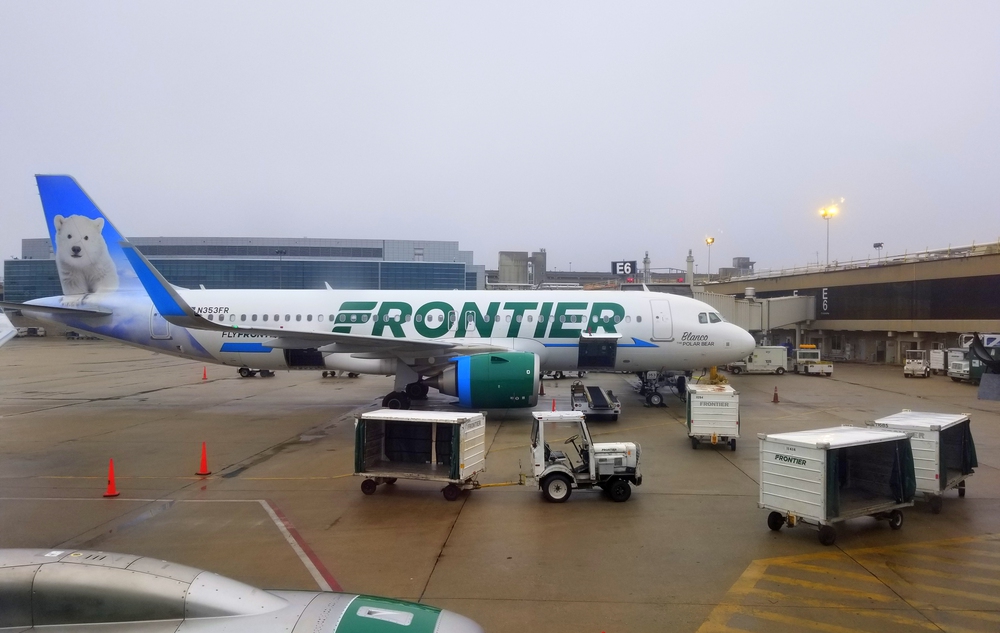
Tampa’s Ybor City neighborhood serves as the epicenter of Florida’s most distinguished brewing scene, with operations like Cigar City Brewing gaining national recognition for their tropical-influenced flavor profiles. The region’s Cuban and Spanish heritage influences both brewing ingredients and food pairings, creating distinctive combinations not found elsewhere.
Florida’s climate has pushed brewers toward sessionable styles that refresh in the heat, though barrel-aging programs also thrive—particularly for styles that benefit from the accelerated aging that occurs in the warm environment. Many Tampa breweries incorporate outdoor spaces where visitors can enjoy the pleasant winter weather that attracts northern tourists.
Seattle, Washington
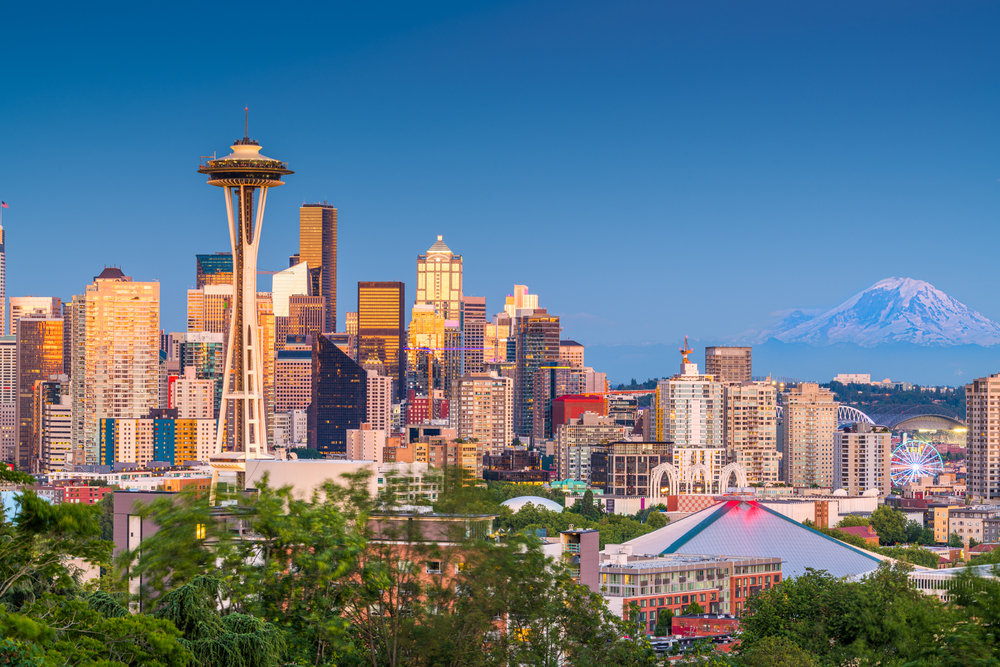
Seattle’s brewing scene extends beyond its grunge-era roots, though pioneering operations like Pike Brewing continue alongside newer establishments that push stylistic boundaries. Fremont Brewing’s urban beer garden serves as a community gathering space regardless of the frequently rainy weather, while Holy Mountain has developed a cult following for its mixed-fermentation and barrel-aged offerings.
The city’s neighborhoods each support multiple breweries, allowing visitors to explore different areas through their brewing cultures. The Pacific Northwest hop-growing region provides Seattle brewers with fresh ingredients during harvest season when many produce wet-hopped ales featuring just-picked hops.
Like Travel Pug’s content? Follow us on MSN.
Richmond, Virginia

Richmond’s brewing scene emerged relatively recently but quickly developed national recognition through operations like The Veil, Triple Crossing, and The Answer Brewpub. The Scott’s Addition neighborhood houses numerous breweries in former industrial spaces, creating a walkable district perfect for brewery-hopping.
Virginia’s agricultural heritage influences brewing ingredients, with many operations incorporating locally grown grain and fruit into their recipes. Richmond’s position between the mountains and coast creates a meeting point for various regional influences, while the city’s arts scene complements the creative approaches many brewers take to their craft.
Kansas City, Missouri
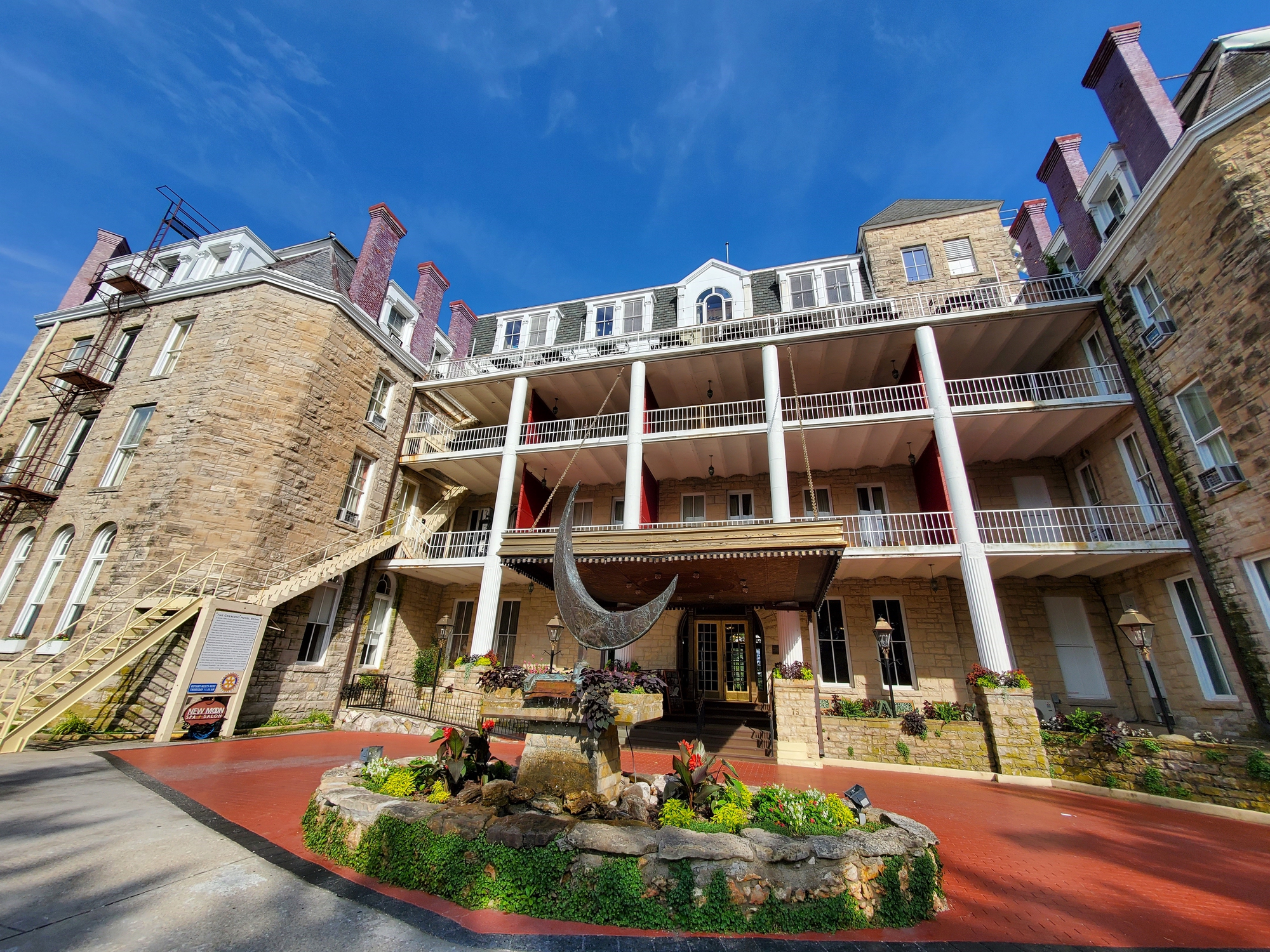
Straddling two states, Kansas City’s brewing culture benefits from different regulatory environments that have fostered diverse approaches to beer production. Boulevard Brewing Company anchors the scene as one of America’s largest craft breweries, while smaller operations like BKS Artisan Ales and Alma Mader focus on limited production of exceptional quality.
The city’s barbecue tradition creates perfect pairing opportunities, with many breweries developing recipes specifically designed to complement smoked meats. Kansas City’s abundance of historic buildings provides characterful spaces for taprooms, connecting the current brewing renaissance to the city’s pre-prohibition brewing history.
The Art of Local Flavor
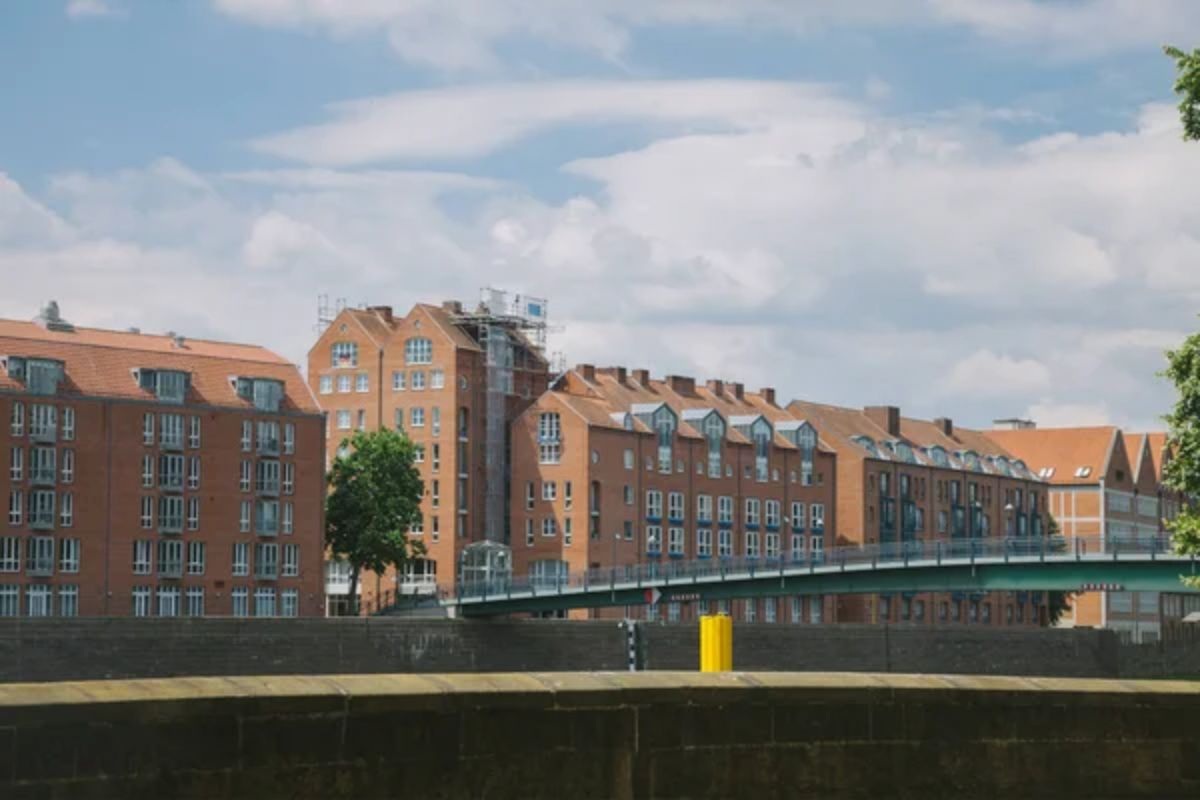
These sixteen cities represent distinct approaches to brewing culture—from historic beer towns reclaiming their heritage to newer scenes developing their traditions. The beauty of exploring a city through its breweries lies in experiencing how local culture, ingredients, and personality express themselves through different interpretations of brewing traditions.
Beyond just tasting good beer, taproom-hopping offers visitors a chance to interact with locals, learn about neighborhood history, and understand what makes each city unique. As American beer culture continues evolving, these brewing communities serve as both preservers of tradition and laboratories for innovation—one thoughtfully crafted pint at a time.
Like Travel Pug’s content? Follow us on MSN.
More from Travel Pug

- Cities Growing so Fast You Won’t Recognize Them in 10 Years
- 13 Destinations Where Tourists Regularly Regret Their Trip
- 20 Obscure WWII Sites Even History Buffs Don’t Know About
- 10 Under-the-Radar Mountain Towns That Are Both Affordable and Beautiful
- Remote Villages in Europe Where You Can Live for Free in Exchange for Work
Like Travel Pug’s content? Follow us on MSN.
